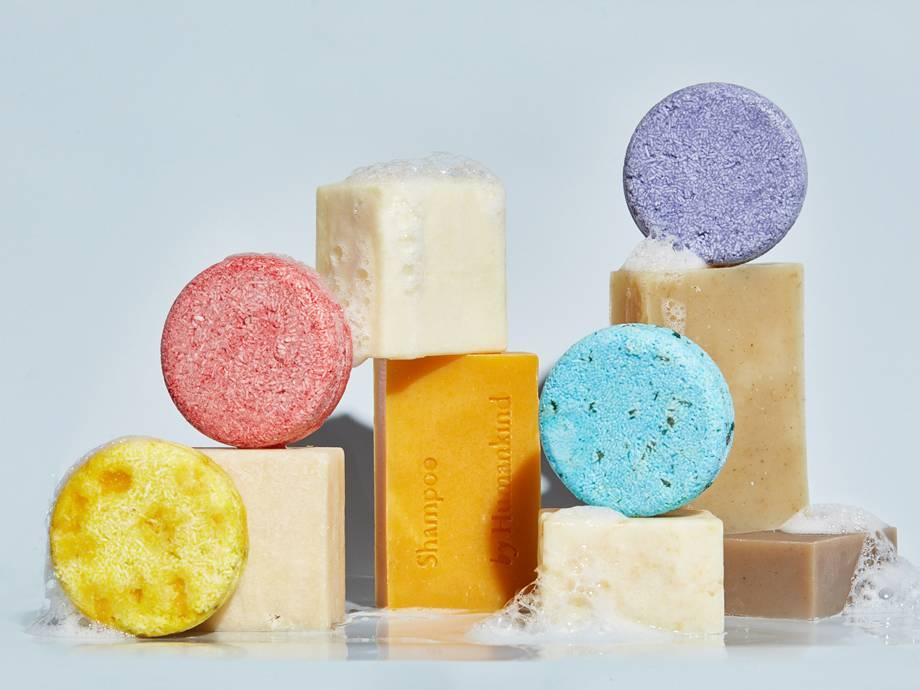
After such an unpredictable year amid the pandemic, consumers began to resume their normal routines. However, due to the volatility of the virus, it seems we are not completely in the clear. If anything, consumers are increasingly more cautious of what is to come. This level of unpredictability is evident throughout the whole supply chain ranging from the struggles of sourcing raw materials to the consumer directly. Bearing this in mind, ultimately there are some hot topics, such as sustainability, which continue to be at the forefront of the mind of the consumer, as well as new behaviours emerging as shown in recent trends with self-care and wellbeing taking priority.
Sustainability & waterless products
Sustainability has been a driver for a number of years, however with the pandemic resulting in more time for reflection, it has become even more of a priority for both businesses and consumers. According to a 2020 World Economic Forum Survey, 86% of 21,000 participants among 28 countries would like to see more sustainable and equitable products in a post-pandemic market. We have witnessed the emergence of this already, with brands continuing to innovate solid formats. These types of products are becoming more mainstream with many suppliers including this as part of their product offering, as we saw at SCS Formulate in November. Currently in the UK only 10% of 35-44 year-olds use solid fragrance, so there is a clear gap in the market to tap into. This aligns with water scarcity being an ever-increasing threat in today’s world, motivating brands to consider waterless products.
The Skinimalist
The Skinimalists are all about streamlining beauty routines to maximise efficacy and efficiency. With a focus on value, hybrid products with multiple benefits are much more appealing to the consumer, both economically and practically. Over the past year (or two!) interest in makeup formulations that feature skincare benefits increased significantly. In the US, 58% of female makeup wearers describe their makeup routine as enhancing their natural look, compared to 11% describing it as transforming their appearance (Mintel), demonstrating the shift in purpose for these types of products. With many companies globally adopting hybrid working models, consumers with a mixture of working environments are looking for products which provide flexibility and efficiency. Streamlining routines is the in thing – but don’t forget the key essential, a bottle of hand sanitiser.
Scalp care
Innovative yet simplistic self-care routines with a shift in priority have emerged as a result of the general population spending more time at home. We have seen that scalp care was on the rise and it continues to grow, moving from a taboo to a must-do. As more and more consumers become aware that the scalp has its own microbiome, scalp care is bound to become a priority. Who doesn’t want a healthier head of hair?
Social media trends
As technology is ever on the rise, social content is driving brand awareness and brand engagement, and it doesn’t seem like this is slowing down anytime soon. One of the main methods is through influencer marketing and virality, which is evident within the creator economy, which has boomed. The global influencer marketing industry being expected to value $15bn in 2022, up from $9.7bn in 2020 (WGSN) demonstrating this is the way forward for brands to get their products out there.
Male grooming
It’s not just females looking for hybrid products in the hopes of streamlining self-care routines. Men’s grooming habits have been changed due to the pandemic. Beard care is branching into skincare and bath and body rituals, including ‘bro bathing’ with more men now taking advantage of a hot soak. Brands are exploring different ways to reach this customer base, such as collaborating with male celebrities to help normalise these rituals for men. In Asia, the men’s beauty market is booming, and the West is catching up. In the US, the men's personal care market is projected to reach $75.8bn by 2027, giving brands a big reason to invest (WGSN). However, this trend isn’t consistent globally. For example, in Germany, with a higher proportion of men working from home and consequently having less interaction with others, many took a relaxed view to grooming and appearance over the past year. It’s clear the pandemic is shaping the trend, with vaccination roll outs showing good progress, returning to face-to-face meetings is set to have a positive effect on male grooming.
Future opportunities
- Waterless products & solid formats
- Male skincare post pandemic
- Consumers are interested in hybrid products
- Utilising social media and the creator community


